This month we have seen a mixture of sunny skies and rainy days at Brockholes. Luckily for us, this changing weather has not affected the incredible amount of wildlife that there is to be seen out on the reserve. From Buzzards and the great white egret to dragonflies and bees, this month’s sightings have been incredible. Here is a small selection of some of the wonderful sightings in August!
August Sightings Blog 2023
Leslie Price
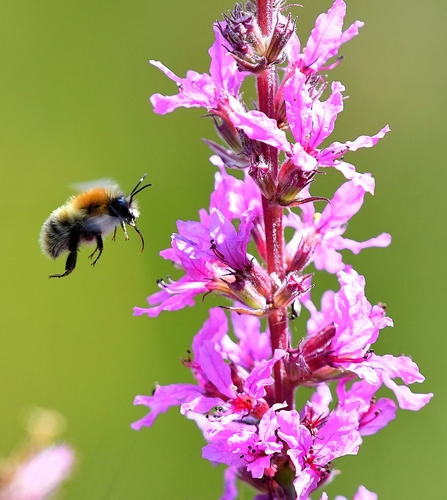
Andrew Bradley
Our first sighting from this month is this incredible common carder bee that was captured in flight by Andrew Bradley. This fluffy, ginger bumble bee can often be found in gardens, woodland, hedgerows and heaths collecting the pollen from flowers.
Did you know? Common carder bees have long tongues making it easy for them to feed from long tubular flowers such as heather and lavender.
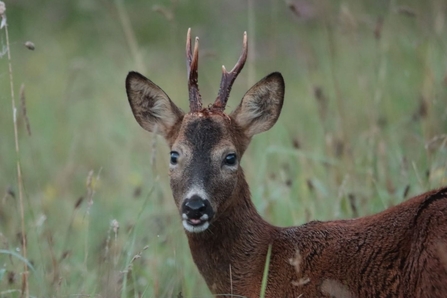
Chris Ainsworth
Roe deer are a firm favourite at Brockholes and can often be sighted pottering around the reserve. This fantastic buck was spotted by Chris Ainsworth, posing perfectly within the tall grasses. Roe deer are the UK’s most common native deer and they have an average lifespan of around 7 years.
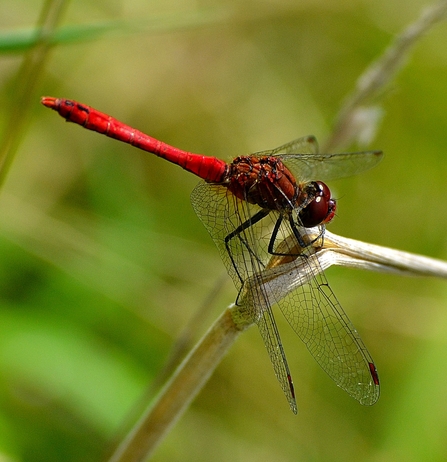
Ken Hayes
This incredible picture of a male ruddy darter was taken by Ken Hayes whilst out exploring Brockholes. Male ruddy darter’s have a bright red colouring of this beautiful dragonfly making it hard to miss them and can often be found in well vegetated water looking for food.
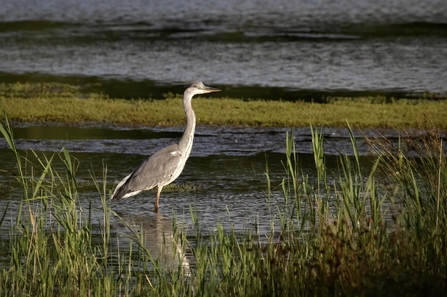
Leslie Price
Grey herons are easily recognisable, with their grey back, long legs and a long white neck. This one was spotted in the lake at Brockholes by Leslie Price. These prehistoric looking birds are often found standing still like a statue at the edge of ponds and lakes, awaiting their next meal.
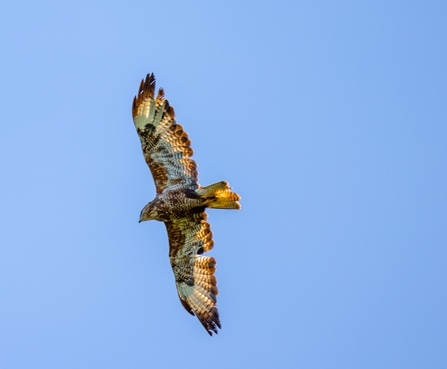
Stephen Melling
This stunning shot of A Buzzard circling high above the reserve was capture by Stephen Melling. This fantastic bird of prey is known to eat small birds, mammals and carrion, and can be identified by its cat-like calls as it soars in the sky.
Did you know? In spring, male buzzards can been seen repeatedly soaring high and swooping low, as a way of attracting a mate.

Pat Aitchison
This fantastic female common blue butterfly was spotted feeding on a flower by Pat Aitchison. Female common blues are brown with a blue body whereas males have bright blue wings. They can often be found in sunny, grassy habitats all across the UK, even in your garden.

